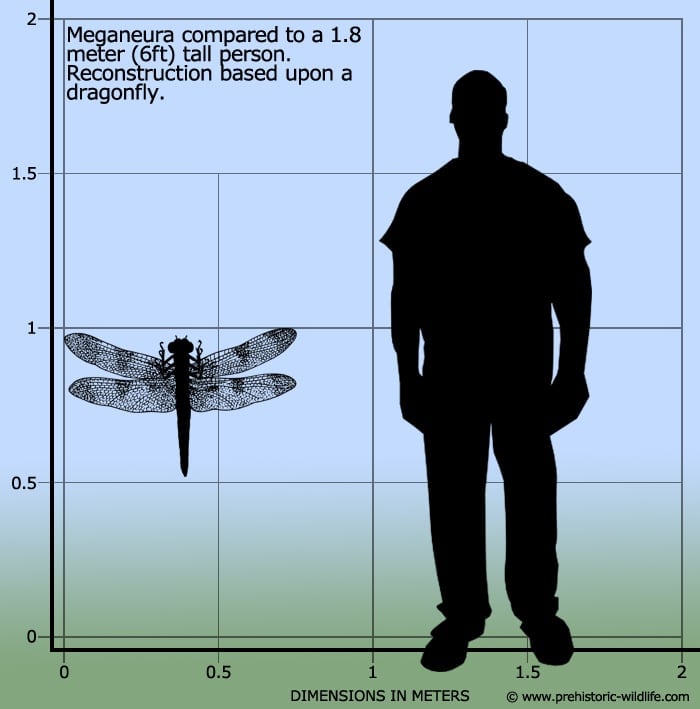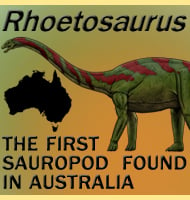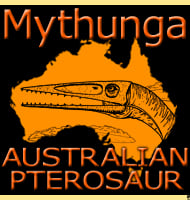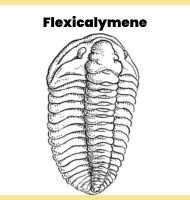In Depth
First discovered in France in 1880, Meganeura is one of the largest known flying insects to ever exist. Although superficially similar to a dragonfly, Meganeura and others like it are generally referred to as griffinflies, due to morphological differences between them and the dragonflies.
It is generally considered that the maximum potential size of an insect is dictated by how much oxygen is available for respiration. The oxygen content of our atmosphere today is typically 21% of the total gases, but back in the Carboniferous it was much higher at up to 35%. Insects like Meganeura breathe through a system of tracheal tubes that carry oxygen directly into their internal tissues. A higher amount of oxygen in the atmosphere would supply a passive boost to these tissues with no effort on the part of Meganeura allowing for the larger growth. Falling oxygen levels after this period would mean that the giant insects simply did not have enough oxygen to maintain their size, resulting in either the evolution of smaller forms, or outright extinction of the larger.
Meganeura is likely to have hunted and fed in much the same way as dragonflies do today, although its larger size may suggest that many more creatures could have been on the menu for it. Aside from other invertebrates potential prey may have also included small amphibians that were rapidly evolving to terrestrial life.
Further Reading
– Les insectes fossiles des terrains primaires. Coup d’oeil rapide sur la fauna entomologique des terrains pal�ozo�ques. – Bulletin de la Soci�t� des Amis des Sciences Naturelles de Rouen 21(3):50-68. – C. Brongniart – 1885. – The engineering of the giant dragonflies of the Permian: revised body mass, power, air supply, thermoregulation and the role of air density. – Journal of Experimental Biology. 221 (19). – Alan E. R. Cannell – 2018. – Palaeozoic giant dragonflies were hawker predators. – Scientific Reports. 8 (1): 12141. – Andr� Nel, Jakub Prokop, Martina Pecharov�, Michael S. Engel & Romain Garrouste – 2018.










